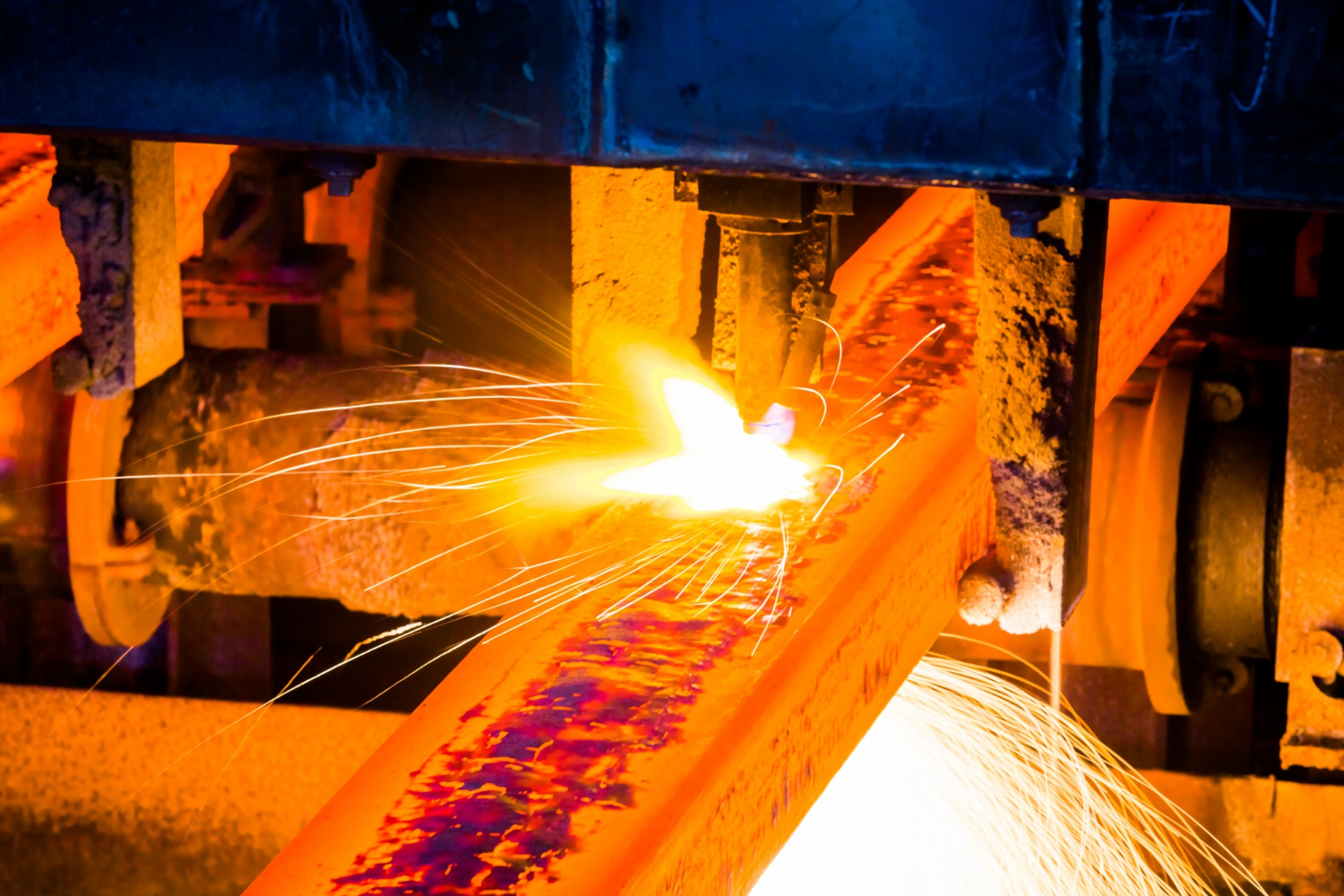Safety Considerations When Using Plasma Cutters
Plasma cutters are powerful tools used in various industries for cutting through electrically conductive materials such as steel, aluminum, copper, and brass. The fundamental principle behind plasma cutting involves generating an electrically conductive plasma arc that cuts through the material by melting it away. This process is highly efficient and precise, making plasma cutters indispensable in fabrication shops, automotive repair, construction, and industrial manufacturing.
At the heart of a plasma cutter is a power supply that generates a high-voltage electrical arc. This arc passes through a nozzle and a constricting orifice, where it interacts with a stream of inert gas, typically compressed air. The gas becomes ionized and transforms into plasma, which reaches temperatures as high as 30,000 degrees Fahrenheit. This incredibly hot plasma is directed toward the workpiece, melting through the material with ease.
One of the primary advantages of plasma cutting is its versatility. Plasma cutters can slice through various thicknesses of metal, ranging from thin sheets to several inches thick, depending on the power of the cutter. This adaptability makes them suitable for a wide range of applications, from creating intricate metal artwork to severing thick steel beams on construction sites.
Plasma cutting offers several benefits over traditional cutting methods such as sawing, shearing, or oxy-fuel cutting. Unlike sawing or shearing, plasma cutting does not produce chips, burrs, or rough edges, resulting in cleaner cuts that require minimal post-processing. Additionally, plasma cutters can operate at faster cutting speeds compared to oxy-fuel cutting, making them more efficient for high-volume production environments.
What We Offer
Versatility and Precision
Applications in Metal Fabrication
Advancements in Plasma Cutting Technology
Safety Considerations and Best Practices
Our Services
Customization and Prototyping
Industrial Applications
CNC Technology Integration
Safety Measures
Maintenance and Care Tips for Plasma Cutters
Plasma cutters are versatile tools used in metalworking and fabrication industries to precisely cut through various types of metals and alloys. Utilizing the principles of plasma arc technology, these machines offer efficient and accurate cutting capabilities across a wide range of thicknesses and materials.
How Plasma Cutters Work:
Plasma cutters operate by passing an electrical current through a gas (commonly compressed air or inert gases like nitrogen) to create a high-temperature plasma arc. This arc, reaching temperatures of up to 30,000 degrees Fahrenheit (16,649 degrees Celsius), rapidly melts through the metal being cut. Simultaneously, a high-velocity jet of gas blows away the molten metal, creating a clean and precise cut.
Components of a Plasma Cutter System:
A typical plasma cutter system comprises several essential components, including the power supply, plasma torch, gas delivery system, and control interface. The power supply generates the electrical current necessary to create the plasma arc, while the plasma torch directs the arc onto the workpiece. The gas delivery system provides the plasma gas and controls its flow, ensuring optimal cutting conditions.

